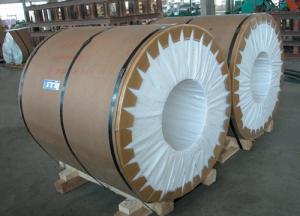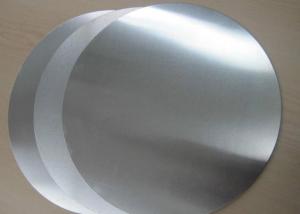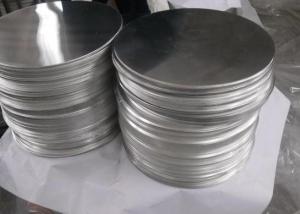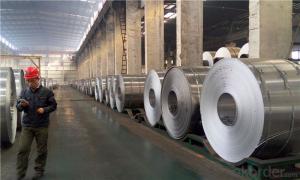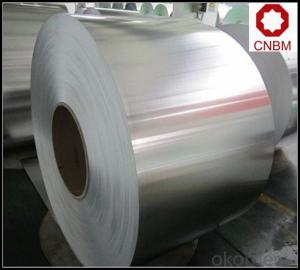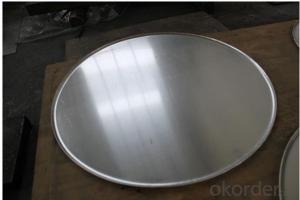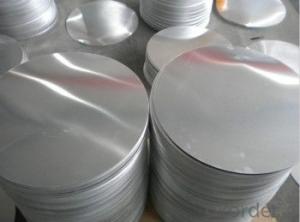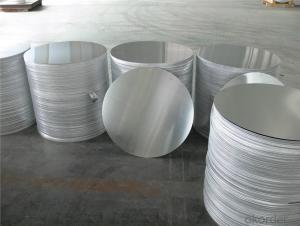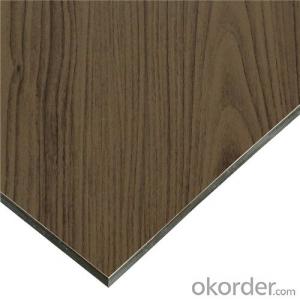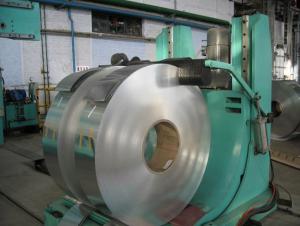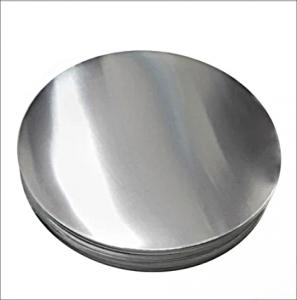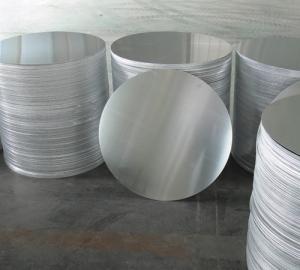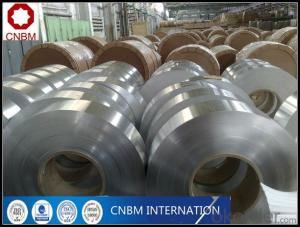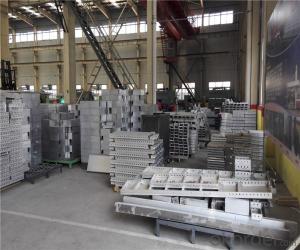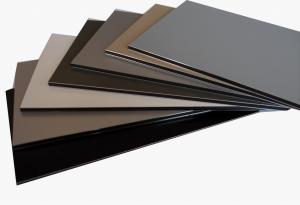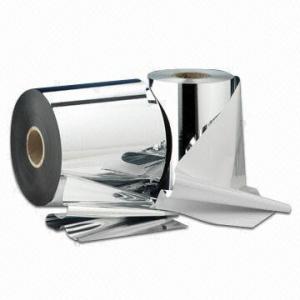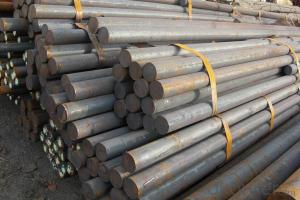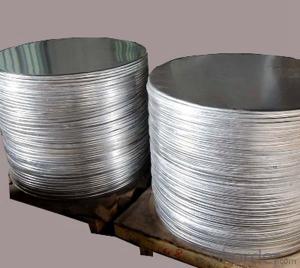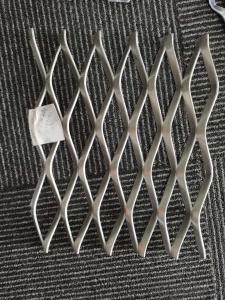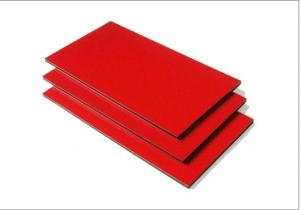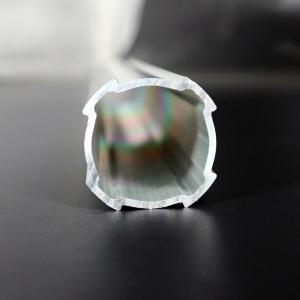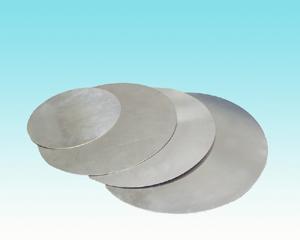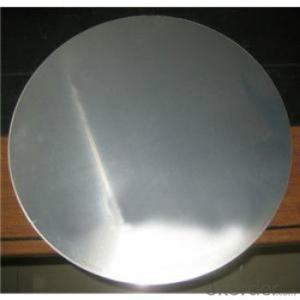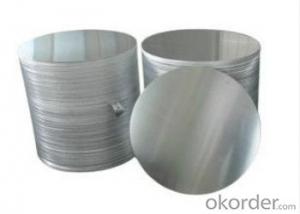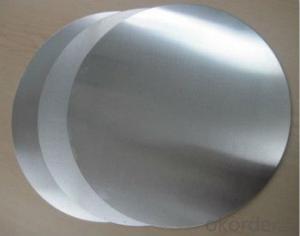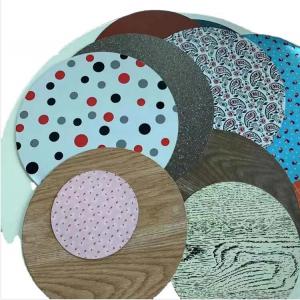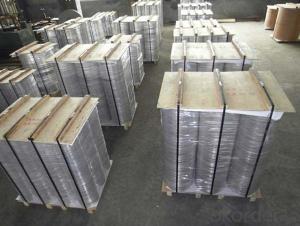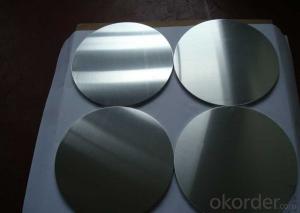Aluminum Round Stock 3
Aluminum Round Stock 3 Related Searches
3 Aluminum Round Stock 3 Inch Aluminum Round Stock 3 8 Aluminum Round Stock 3/8 Aluminum Round Stock 3/4 Aluminum Round Stock 3 Aluminum Angle Stock 1 2 Aluminum Round Stock 1 4 Aluminum Round Stock 1 Aluminum Round Stock 1 1 2 Aluminum Round Stock 1 1 4 Aluminum Round Stock 4 Aluminum Round Stock 5 Aluminum Round Stock Round Stock Aluminum 6 Aluminum Round Stock Round Aluminum Stock 2 Aluminum Round Stock Casting Aluminum Round Stock 3 4 Aluminum Square Stock 3 Aluminum Bar Stock Aluminum Bar Stock Round Solid Aluminum Round Stock Aluminum Round Stock Near Me 1 Inch Aluminum Round Stock Aluminum Round Stock For Sale Aluminum Round Bar Stock 1 1/2 Aluminum Round Stock 3 Inch Aluminum Bar Stock 1.5 Aluminum Round Stock 2.5 Aluminum Round StockAluminum Round Stock 3 Supplier & Manufacturer from China
Aluminum Round Stock 3 is a versatile and widely-used product that encompasses a variety of aluminum materials in different shapes and sizes. These products are known for their lightweight, corrosion resistance, and high strength-to-weight ratio, making them ideal for numerous applications. In various industries, such as aerospace, automotive, construction, and consumer goods, aluminum round stock is employed for its durability and performance capabilities. The product is used in the manufacturing of components like gears, shafts, and structural parts, as well as for decorative purposes and general fabrication needs.Aluminum Round Stock 3 is utilized in a diverse range of applications, including but not limited to, transportation, machinery, and electronics. Its excellent thermal and electrical conductivity, along with its malleability and formability, make it a preferred choice for many manufacturers and engineers. This product can be found in various forms such as bars, rods, and tubes, catering to the specific requirements of different projects. It is also valued for its sustainability, as aluminum is a highly recyclable material, reducing waste and environmental impact.
Okorder.com is a reputable wholesale supplier of Aluminum Round Stock 3, offering a comprehensive inventory to cater to the demands of various industries. With a commitment to quality and customer satisfaction, Okorder.com ensures that the aluminum round stock they provide meets the highest standards of performance and reliability. Their extensive stock allows customers to find the exact specifications they need, whether it's for a small-scale project or large-scale production. By partnering with Okorder.com, businesses can benefit from competitive pricing, efficient delivery, and a reliable source for their aluminum round stock requirements.
Hot Products
